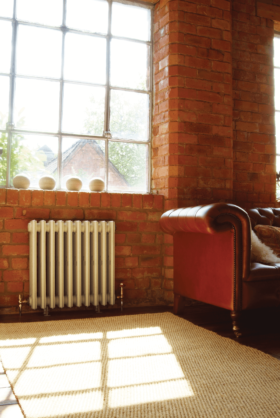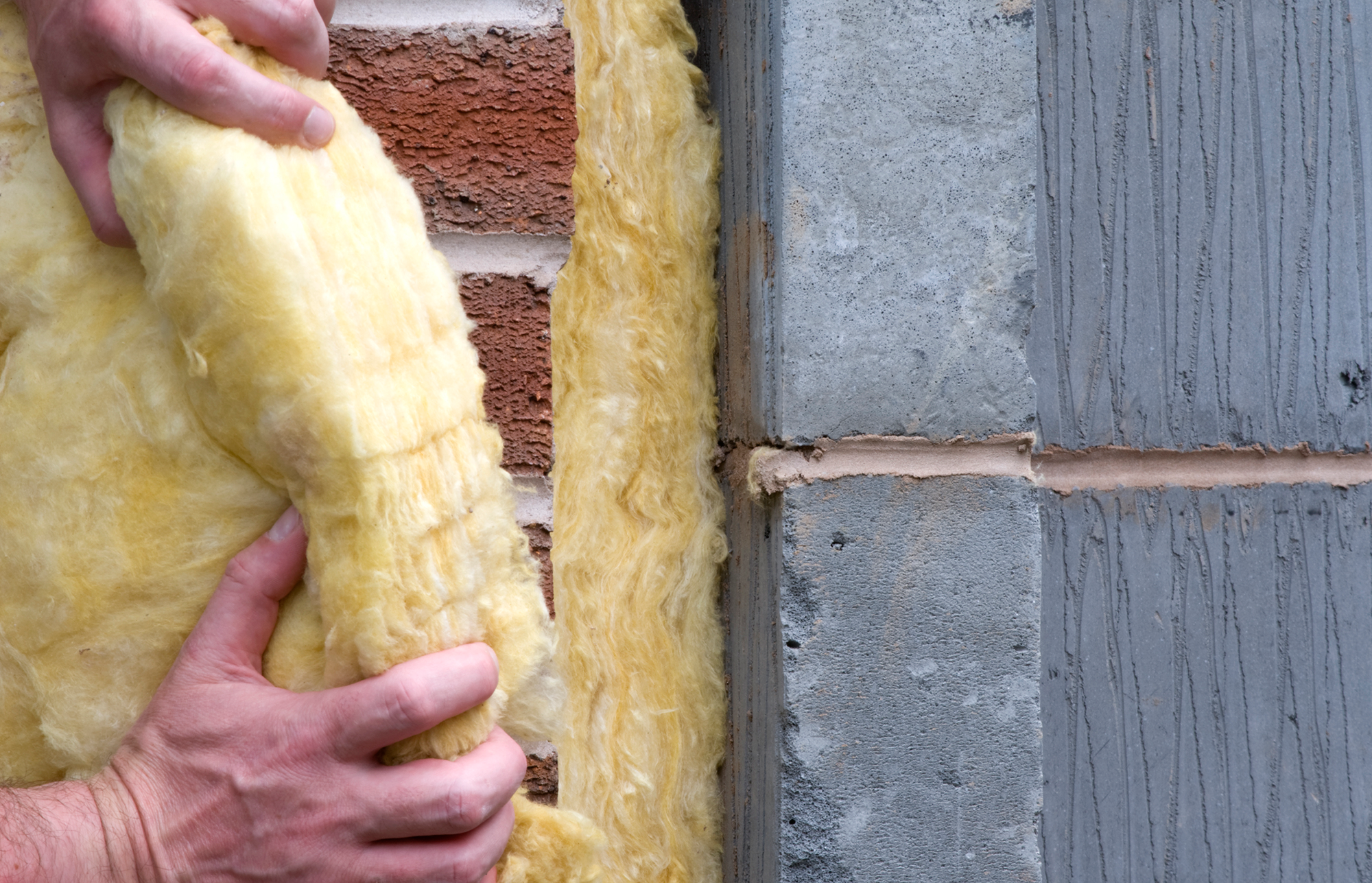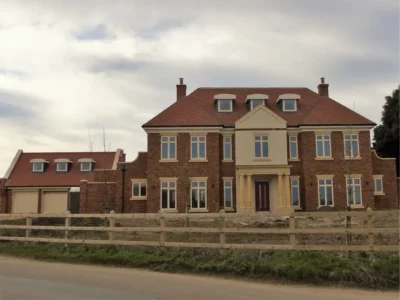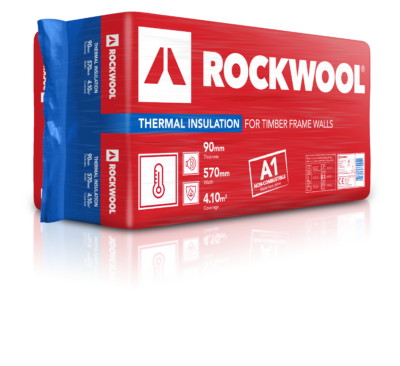Specifying Wall and Loft Insulation
Insulation is one of the main areas where any investment will pay you back in dividends. Once installed it does its job invisibly, silently and efficiently, is maintenance free and will start saving you money almost immediately. Obviously you have to put insulation in as part of your build to satisfy building regulations (Part L to be precise) but the amount you put in, and what type, can take you way over the minimum requirement and knock a chunk off your bills to boot.
Wall insulation
Installing cavity wall insulation involves filling the void between the outer and inner skin of your home with loose insulation that’s blown in. This is usually glass wool or rockwool, but can even be Warmcel (which is made from recycled newspaper). You will need a specialist contractor for this, but you may be eligible for a grant – visit www.energysavingtrust.org.uk for more information.
Homes built recently should already have cavity insulation in place, but if your home was built between 1930-1980 then it may have an uninsulated cavity. If you’re not sure what type of wall you have, check its width by a door or window – anything more than 250mm and you will almost certainly have a cavity. Alternatively, get a survey done by an installer.
An uninsulated cavity can be filled by a technician, who will drill small holes in the mortar through which the material is pumped. The whole operation can be completed in a morning for an average-sized house. With government subsidies installation can be as little as £250, and you could see a return on this investment in just one year. Solid walls in older properties are more problematic. You may be able to insulate them internally or externally, but this is expensive. Knauf Insulation’s Polystud is specifically designed for internal insulation.
Loft insulation
Loft insulation acts like a blanket, trapping heat in the house and stopping it from escaping into your roofspace, while in summer it stops the heat in the loft from entering the house, helping to keep it cool. Homes without loft insulation lose about 25 per cent of their heat through the roof. So insulating here is the single most effective thing you can do to make sure the heat you are paying to generate stays in your house. Consequently the investment pays for itself quickly. The Energy Saving Trust reckons that installing 270mm of insulation in an uninsulated loft could save as much as £150 a year on your heating bills and nearly 1.5 tonnes of CO2.
You may already have insulation in place, but if it’s old it may not come up to the government recommendation of 270mm thick. Ideally if you are adding more insulation it should be topped up to the same depth as the ceiling joists, then laid at right angles over the top. When using the loft for storage, lay rolls of insulation in the areas that won’t be used, but then place boards around the hatch to act as a storage deck.
A wide range of insulation products is available. Visit www.selfbuildinsulation.com for a useful guide on what to consider when it comes to insulating roofs, ground and internal floors, and internal and external walls, together with suitable products.
Types of insulation
1. Glass Mineral Wool
• Made from sand and recycled glass.
• Ingredients make it eco friendly, new ranges use formaldehyde free process.
• Can be a lightweight quilt – supplied in rolls – or as a slab, either flexible or rigid.
• Used in lofts, cavity walls, pitched roofs and as sound insulation in walls/floors. • Non-combustible, which means its performance in the event of fire is excellent.
• Light and easy to handle.
2. Rock Mineral Wool
• Made from volcanic rock, and/or recycled slag, a waste product of blast furnaces.
• Mainly used to insulate flat roofs, rainscreen facades or as external wall insulation.
• Suitable for where high compressive strength or fire performance is required.
3. Cellulose Fibre
• E.g. Warmcel, made from shredded newspapers, can be blown or manually laid.
• Fire retardant, non-irritant, non-toxic and safe to handle.
4. Foamed Plastic
• Different formulations with different characteristics.
• Little/no recycled matter.
• Mostly lightweight and easy to handle.
• Is combustible and does not perform well in a fire.
5. Reflective Foils
• Foil-faced bubble wrap or multi-layered foils.
• Works by reducing radiant heat. Effectiveness is based on the brightness of the foil facing and the presence of an unventilated airspace next to the foil.
6. Sheepswool
• Natural insulating material – but may be chemically treated with insecticide or chemicals to remove lanolin.
7. Recycled Insulation
• Other eco insulations made from varying degrees of recycled products include Eco Fibre (from plastic drinks bottles), and Thermafleece (part sheepswool and part recycled polyester).

































































































 Login/register to save Article for later
Login/register to save Article for later













Comments are closed.